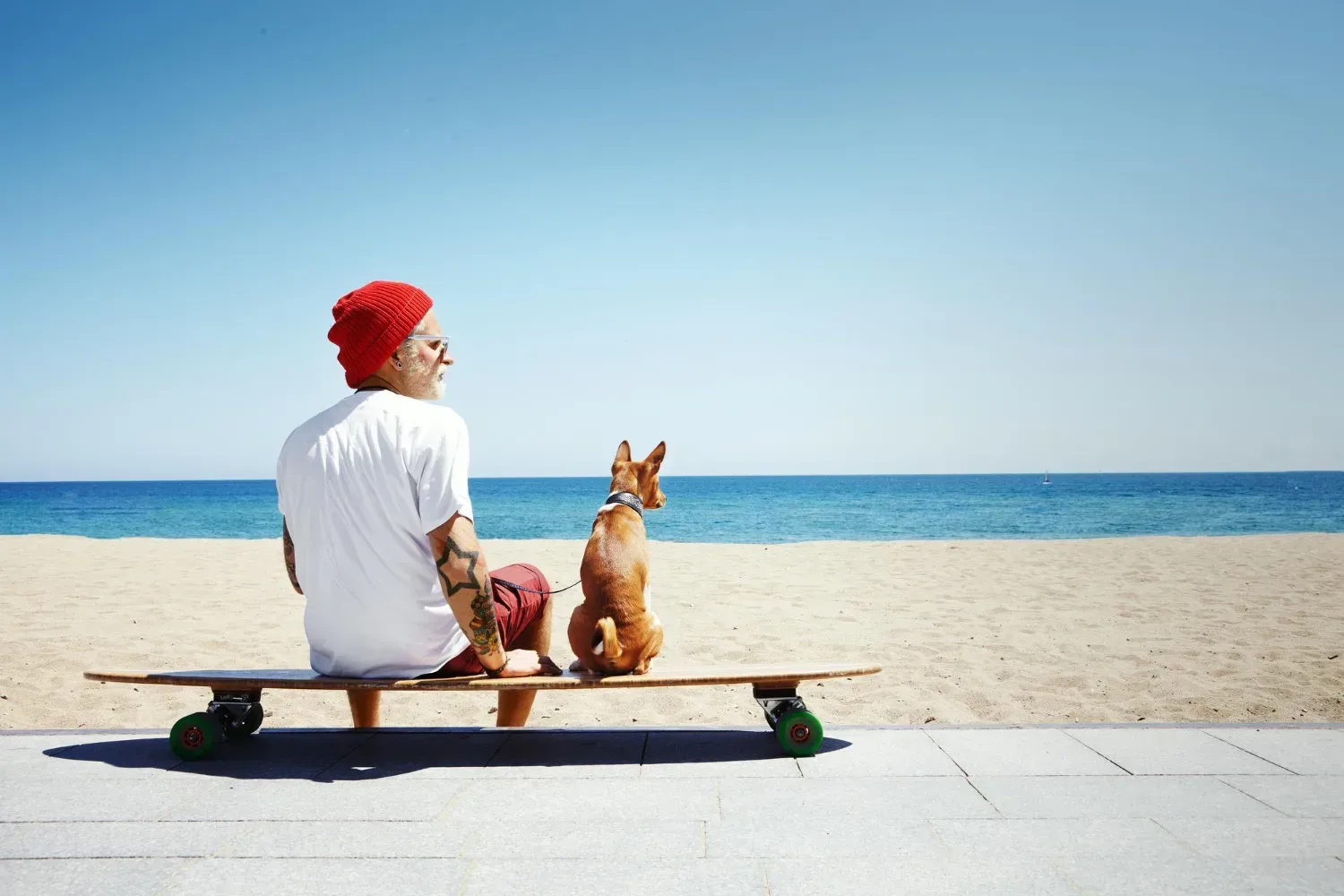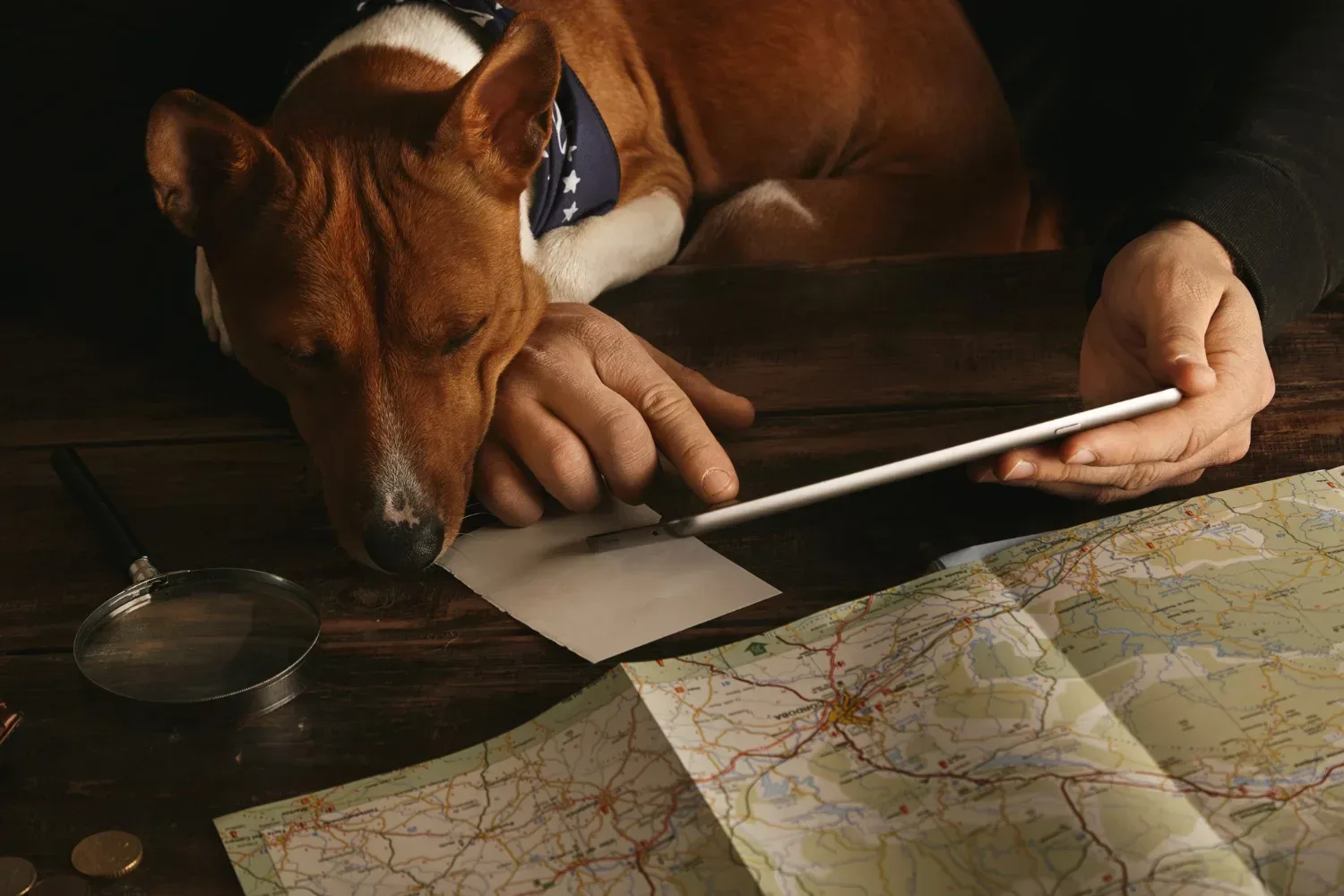
All about basenji greyhound mix
Are you interested in getting a Basenji greyhound? This article will explain the basic facts about the breed and the Eskenji, a basenji greyhound mixed with an American Eskimo. Basenjis are clean and have almost cat-like grooming habits. They are also prone to shedding and need daily exercise. However, they are not ideal watchdogs. In this article, you will learn about the characteristics of this breed, including its temperament and health requirements.
Eskenji is a basenji greyhound mix with an American Eskimo
The Eskenji is a cross between the Basenji and the American eskimos. This energetic breed has a lively temperament and requires a lot of physical stimulation. This breed is a great companion for families with kids, other pets and older adults, but can be stubborn and need plenty of physical activity. In addition to being a great companion, the Eskenji is also a very good watchdog.
The American Eskimo Dog is larger than the Basenji. It usually weighs around 30 pounds and stands between 16 and 19 inches tall. The Basenji, on the other hand, weighs between 16 and 17 inches high and 22 to 24 pounds. The lifespan of the American Eskimo Dog depends primarily on the quality of care and its environment. The American Eskimo Dog can live for twelve to fifteen years. The Basenji breed, on the other hand, is smaller, with a lifespan of about ten to twelve years.
The American Eskimo originated in Germany and became popular in the US in the 1940s under the name “American Spitz”. The breed was originally bred for use as a farm aide. The American Eskimo is a member of the AKC Non-Sporting Group. It is the oldest dog breed in the world. It is a medium-sized dog with long legs and a short tail.
The Basenji is a medium-sized hound with a strong preying instinct. The breed is a great pet and a great companion for active families. The Eskenji is a versatile dog and will probably need daily exercise in order to avoid destructive behavior. They can also compete in obedience and agility competitions. As a medium-sized dog, the Chisenji has a Chihua-like friendliness and displays some of the traits of its parent breeds. The Labrasenji is a friendly and loyal family pet with a stubborn streak.
Basenjis are clean dogs with almost feline grooming habits
Aside from their remarkable cleanliness, Basenjis are also known for their excellent eye color and odorless, pale-pink ear canals. These dogs have a penchant for brushing their teeth frequently. Basenjis are also known for their fastidious grooming habits, which have earned them the nickname “cult dog” by many owners. Although they do not bark, they do make an odd sound when excited or stressed, which sounds like a yodel or chortle. Whether or not your dog’s fur has turned white or pink, you’ll want to check for signs of allergies or other skin problems.
Although Basenjis are clean dogs with almost felinine grooming habits, they require weekly brushing and monthly nail trimming. As with any other dog, they do not shed much, but they still appreciate a weekly brushing and hound glove rubdown. While the Basenji’s fur is short and fine, they will still need to be brushed every so often to remove bacteria and tartar buildup. You should also brush their teeth at least twice a week to avoid bad breath and gum disease.
Although the Basenji breed is playful and friendly, it is essential to provide the right socialization for this dog. While most Basenjis are decent around other dogs, they are not appropriate for kids or dog parks. This is not to say that they do not get along with people, but they are not ideal for small children or supervised play sessions. While their vocalization and noise-making habits are not the worst features of this breed, some Basenjis are known for their barking and yodeling, which can be even more obnoxious than their barking or whining.
Although Basenjis are clean dogs with almost felines, they are not ideal for families with children. Their high energy levels may not be ideal for households with small children, as they can get out of control and become destructive if they’re not given the proper supervision. This breed is also notorious for chewing, so make sure your children have an adult in the home to supervise all interactions with your dog.
They need daily exercise
The Basenji breed requires daily vigorous exercise. While some Basenjis can easily be exercised daily by walking them, others must participate in more vigorous physical activity. These dogs can easily become obese and lazy if they don’t get enough exercise. Basenjis must be walked on a leash several times a day. Basenjis need daily grooming and should have a fenced yard to play in.
The Basenji is a small, intelligent breed that is perfect for apartment living. Although they’re relatively easy to train, they do require a lot of exercise. They must be given plenty of daily walks and playtime to keep them healthy and happy. This dog is an ancient breed and traces its lineage to hunting dogs in Africa and Egypt. These dogs hunt silently and wear bells to alert their human partners to an intruder in the deep jungle.
While Basenjis don’t love children, they’re generally good companions for older children. If you want to keep your Basenji around children, it’s important to raise it with children from puppyhood. You’ll have to take him out when he’s a puppy and take him to a puppy kennel. You should also take him outside on a daily basis to play with other dogs.
Although these dogs are generally healthy and sociable, they are prone to certain diseases and illnesses. To prevent these problems, it’s important to provide your Basenji with a daily activity and daily walk. For example, a game of fetch requires an hour of physical activity. If you don’t have an exercise budget, you can purchase a chew toy. But make sure you buy a sturdy crate. Then place it in a prominent spot for your Basenji to play.
They are not good watchdogs
Many people choose to adopt a Basenji or Greyhound mix as a pet for a variety of reasons. Although these dogs don’t make good watchdogs, they are a great companion for older children. If you want a dog that will watch over your kids, you’ll need to raise it around children since they have a lot of energy. You’ll want to raise a dog that has lived around children since it’s a puppy. If you’re looking for a dog that will not attack children, you can adopt one that has been around children since puppyhood. You’ll also need to make sure that you’re not getting a dog that won’t be around children when you have a child.
When it comes to choosing a Basenji mix, you need to make sure that you’ll be able to spend quality time with it. They’re also not very friendly with strangers. If you want to get a dog that can be a companion and watchdog, you may want to consider a Labrasenji. This is an excellent breed for watchdogs, but it’s not a good choice for beginners.
A Basenji greyhound mix can be a wonderful companion and watchdog. They weigh anywhere from 22 to 80 pounds and live up to 16 years. Basenjis tend to shed seasonally. The Basenji Chi is the offspring of a Basenji and Chihuahua. It is smaller than the Basenji and Chihuahua and is a good watchdog for a small home.
They need early socialization
Basenjis and their greyhound-Greyhound mix counterparts need early socialization to avoid becoming shy, fearful, and nervous. These breeds should attend puppy kindergarten to get used to people, and owners should regularly invite visitors to visit them. They should also go on leisurely walks in public places and meet neighbors. However, socialization is not enough. Basenjis and their greyhound mix counterparts should be exposed to a variety of social settings, including busy parks and stores that allow dogs.
In addition to needing early socialization, Basenjis and their Greyhound-Greyhound mix counterparts should be taught how to behave around children. Basenjis have a high prey drive, so they should be taught how to behave around children. Likewise, Borzois need early socialization with small dogs. They must be taught how to behave around children and not to chase them. Basenjis and Greyhound mix breeds should be raised in homes with other large dogs and cats.
While Basenjis and Greyhound-Greyhound mix breeds are generally healthy, you should continue to work with your breeder to ensure they have the proper temperament and personality for a home with children. Although these two breeds are renowned for their high energy and love of attention, they are not suited for every home and environment. They need early socialization to avoid the potential behavioral problems associated with aloofness.
Although a Basenji-Greyhound mix is a wonderful pet for a family, they require plenty of mental stimulation and exercise. The breed has been used for hunting in Africa and is now used as a family dog. It has low biting tendencies, and is generally good with children who know them well. Although Basenjis are very friendly and affectionate towards their humans, they should be socialized early to prevent unwanted behavior.


